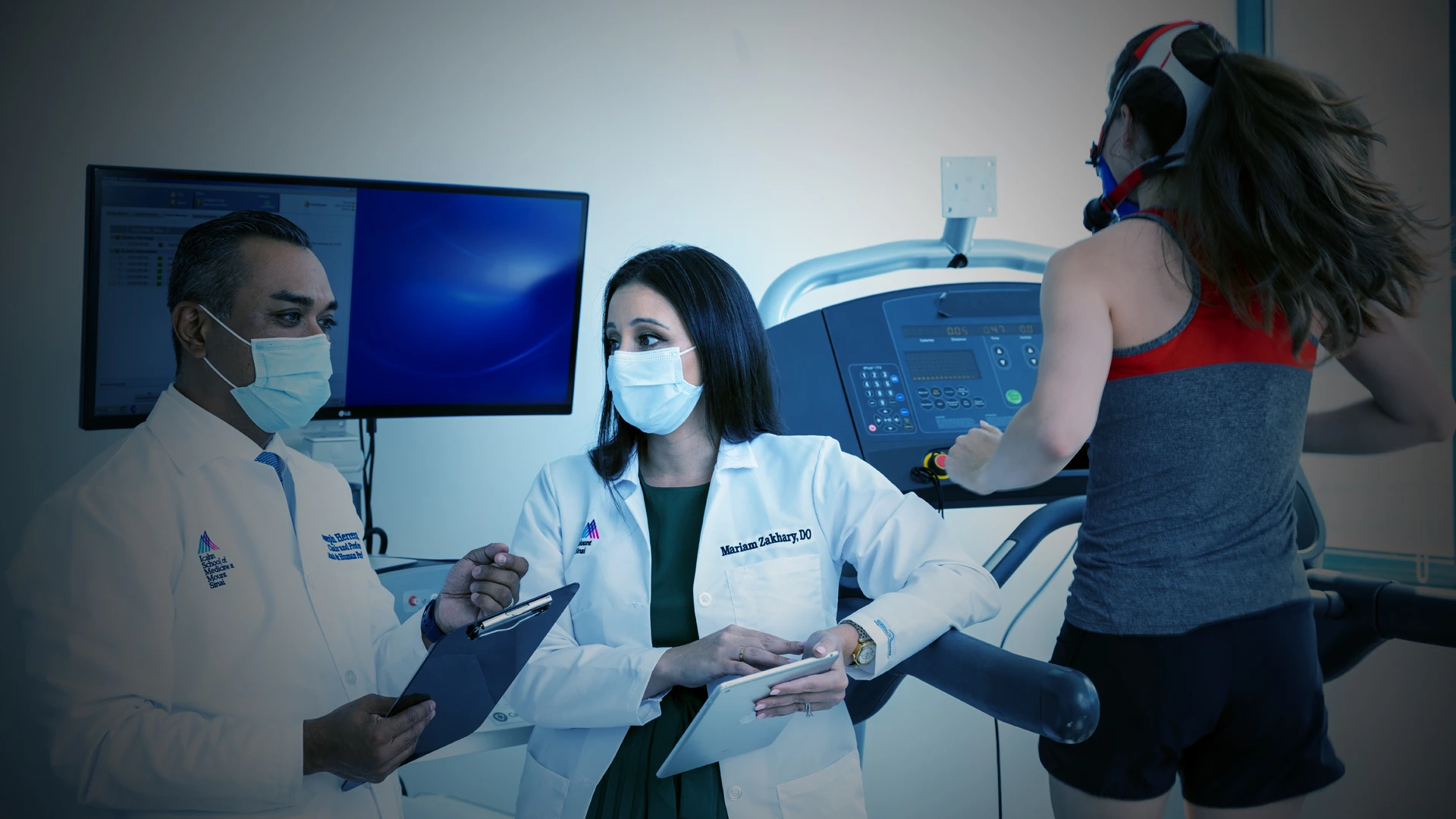She had already been caring for some of the USA Fencing team members prior to the pandemic. In March 2021, during the lead-up to the Summer Olympics in Tokyo, which had strong measures in place to discourage COVID-19 transmission, Joseph Herrera, DO, Chair of Rehabilitation and Human Performance for the Mount Sinai Health System, asked her to travel with the team to Budapest, Hungary, for a qualifying championship.
“During COVID-19, there was a need to have a physician travel with the team, given all the protocols, the testing and contact tracing, and the symptoms that came along with COVID-19 in an athlete,” says Dr. Zakhary.
As it turned out, this was the first Olympics qualifying competition in the pandemic era. At the time, there were multiple, and sometimes conflicting, COVID-19 protocols, including those of USA Fencing, the U.S. Centers for Disease Control and Prevention, the World Health Organization,the International Fencing Federation (FIE), and the host countries.
“I was tasked with information-gathering, seeing what worked and what didn’t, and kind of taking the blow of going in there blind, not knowing exactly which protocols the team needed to follow,” she recalls.
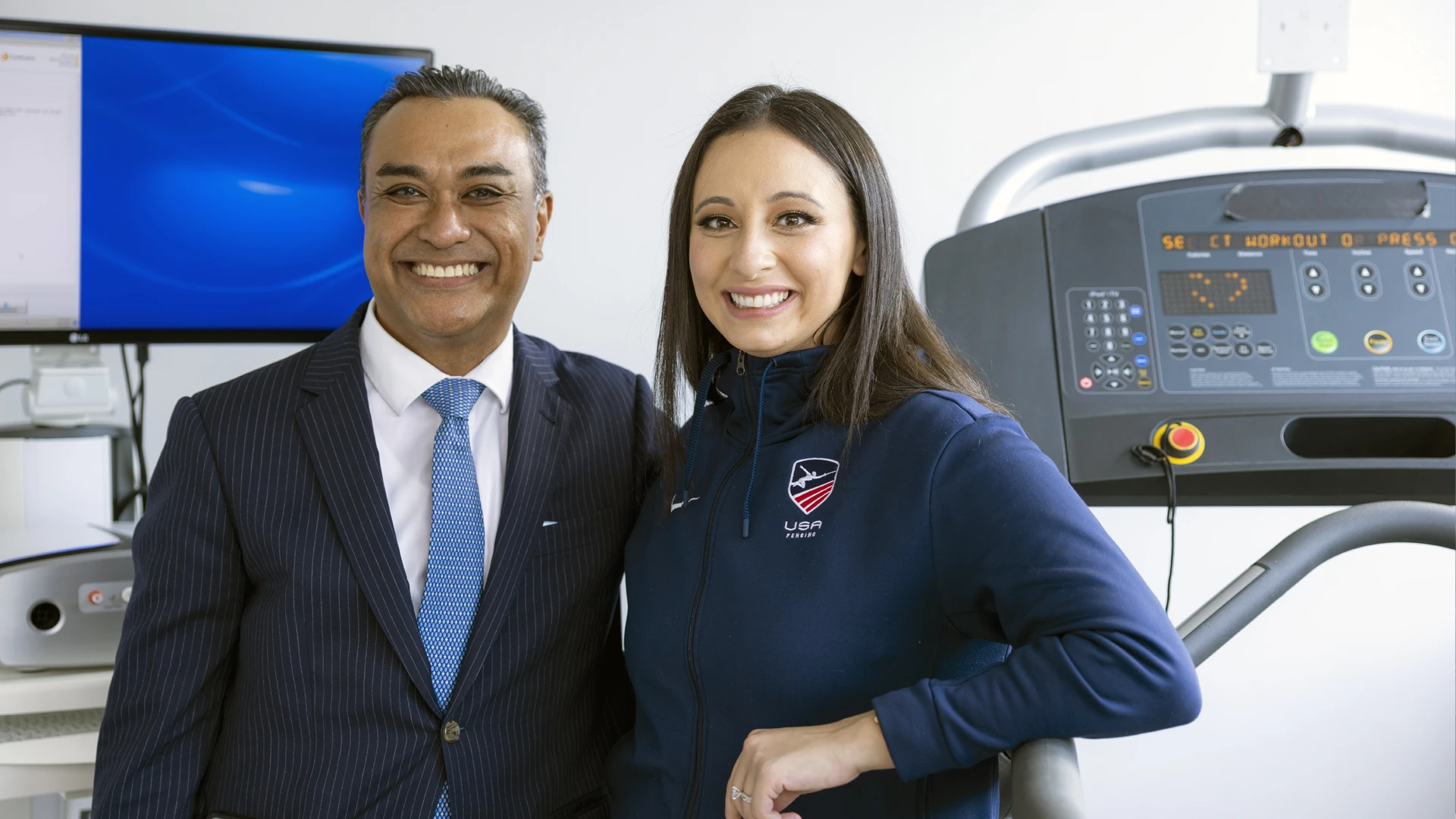
At the encouragement of System Chair of Rehabilitation and Human Performance Joseph Herrera, DO (left), Mariam Zakhary, DO (right) took up the position of medical advisor to USA Fencing.
At the Budapest event, they followed the FIE’s COVID-19 protocols. But after four U.S. athletes tested positive upon their return, she met with USA Fencing’s administration, the team manager, and other officials to review that experience and come up with their own protocols regarding vaccinations, testing, and mask-wearing. “We needed to have our own policies for our athletes to follow no matter where they were in the world,” she says.
For example, the FIE didn’t require the fencers to wear surgical masks beneath their fencing masks, but under the guidance of then-USA Fencing sports medicine director Jeremy Summers, DC, and with the support of Dr. Zakhary, USA Fencing did require that for American athletes. At the next qualifying event, in Qatar, the men’s team won gold while wearing masks. “So clearly, it doesn’t affect performance,” she notes.
Like the Athletes, Mount Sinai Doctors Work as a Team
Other Mount Sinai sports medicine physicians and fellows alternated travel with the team for the Olympics, including to subsequently qualifying events in Qatar and Russia. However, Dr. Zakhary was seeing the athletes before and after the trips and was managing issues such as contact tracing and telemedicine counseling from afar. “It naturally came that I ended up taking the lead for our Mount Sinai team and becoming the chief medical advisor for USA Fencing,” she says.
There are numerous domestic and international fencing events all year long, including those for men and women, and for each of the three weapon types. While athletic trainers and/or sports chiropractors handle most of them, a Mount Sinai sports medicine physician—either Dr. Zakhary; Richard G. Chang, MD, MPH; or a sports medicine fellow—will go when more than one team/gender is playing at the same event.
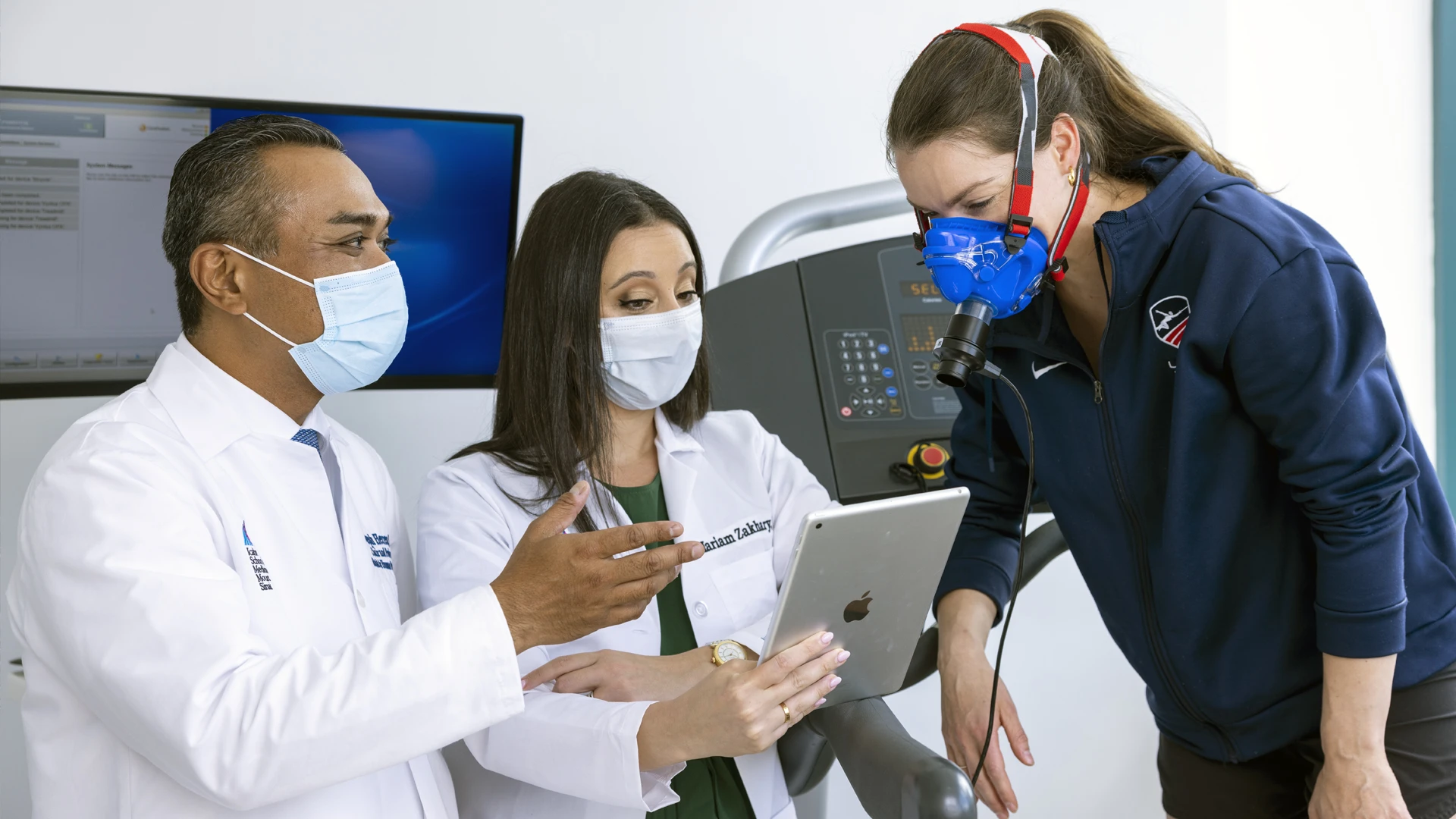
The facility at Mount Sinai-Union Square is able to conduct diagnostics and tests to review athletic performance for the USA Fencing team.
Beyond sports medicine physicians, Dr. Zakhary also collaborates with Mount Sinai specialists in cardiology, infectious disease, OB/GYN, and endocrinology for bone health. “It’s incredible to be a part of such a big system with every specialty you can think of. It makes my job easier,” she says.
And, while Dr. Zakhary knew little about fencing before taking on this job, now she’s a huge fan. “These athletes are incredible. They’re a great group to work with. The entire national team has my cell phone number,” she says.
Beyond COVID-19: Injuries, Infections, and Primary Care
Since the Olympics and other domestic and international competitions, Dr. Zakhary has learned to deal with more than just managing COVID-19 for USA Fencing. For one, she’s grown to appreciate the bread and butter of sports medicine: injuries.
In fencing, Dr. Zakhary learned, these can differ by the type of weapon used—sabre, epee, or foil.
“Sabre is probably the most aggressive. The athletes lunge forward very aggressively,” she says. Fencers tend to develop hip pathology, or ankle injuries when they drag their ankles, or forearm injuries if they hold the weapon incorrectly. Then there’s trauma from contact with the weapon if it’s off-target.
“It’s awesome to be in the trust of such high-level athletes.”
Mariam Zakhary, DO
Epee and foil fencers are less aggressive, but still can lead to injuries. “They do a lot of twists and turns. Sometimes they’ll aim their weapon behind their head and put their shoulder in very vulnerable positions, so we see a lot of shoulder injuries,” Dr. Zakhary explains.
Given that about 80 percent of fencers on the United States national team live on the East Coast and many of them don’t see other physicians, Dr. Zakhary often serves as their primary care doctor. She oversees many aspects of their health, which have included gut health, abnormal lab work, skin infections, and vitamin D assessments following bone injuries.
That responsibility follows her even when she is not around the fencers. Dr. Zakhary recalls an athlete reaching out to her from Tokyo—even though Dr. Zakhary was unable to go due to COVID-19 restrictions—because she had developed a urinary tract infection and wanted to know which antibiotics were appropriate, and if they were allowed in Japan. “It was a privilege to be available to them, even if I wasn’t physically there with them,” Dr. Zakhary says.
Featured
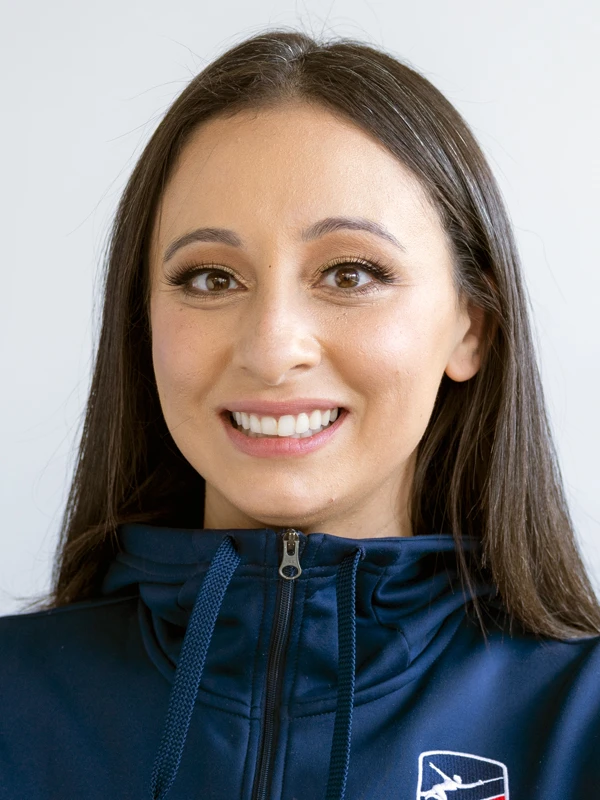
Mariam Zakhary, DO
Medical Director, Downtown Rehabilitation and Human Performance
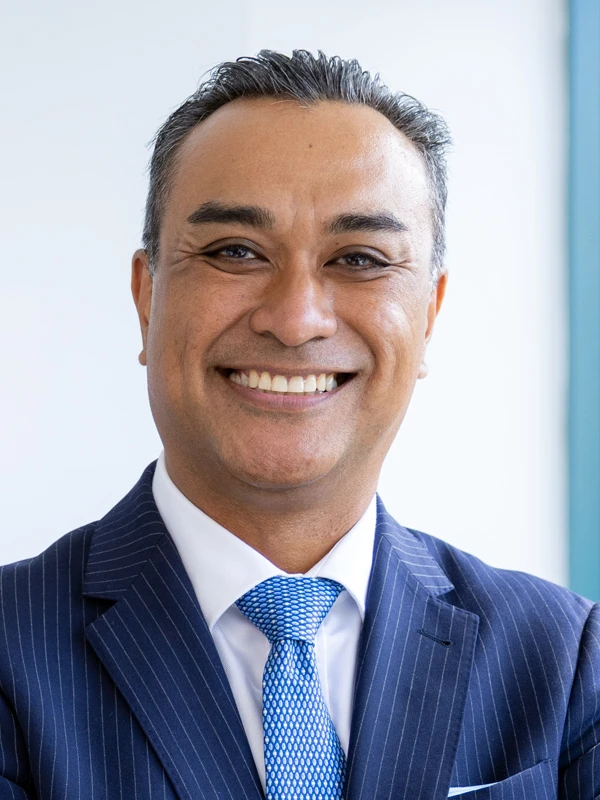
Joseph E. Herrera, DO, FAAPMR
Chair, Rehabilitation and Human Performance; Lucy G. Moses Professor of Rehabilitation Medicine
